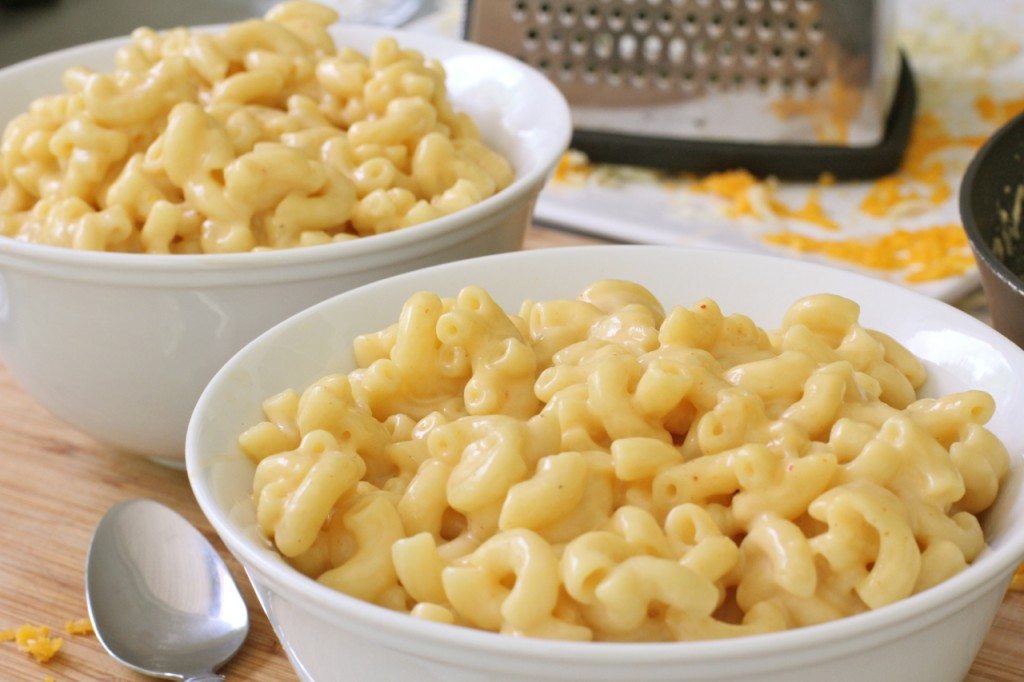

As cheese can get too cloying if used in large amounts, remember to monitor the quantity used. You can even use it to add cheese flavour in breads by sprinkling it into the dough or as seasoning for pizzas by sprinkling over them. Cheesy Fried Frog Legs: Give this dish a cheesy and spin by using cheese powder and curry leaves, and offering as a new menu item!.

You can even top the dish with fresh, flame-grilled cheese.
Lobster Cheese Beehoon: The cheese from the sauce will permeate through the dish, while preserving the umami from the lobster. Masala Cheese Curry: This Indian cuisine with a European touch adds a layer of cheesy overtone to the rich and spicy kick of the masala curry, which is sure to tantalise your diners’ tastebuds. Pastas: While pastas are usually topped with cream or tomato-based sauces, you can replace those sauces with cheese-based sauce to create dishes such as Fusilli with Gorgonzola Cheese Sauce or Hickory Cheese Pasta. Cheese Fondue: Usually made using shredded cheese, flour, and milk as base ingredients, you can easily substitute them with cheddar cheese powder mix, a cream soup base, and add in other ingredients such as onions, chilli powder to spice up the flavour to whet your customers’ appetites.īesides substituting regular cheese in classic recipes, you can also use powdered cheese to create innovative recipes and surprise your diners, while staying relevant in the competitive food industry:. 
#How to make mac n cheese with cheese powder upgrade
Mac and Cheese Burger: Instead of using regular cheese, save time on cooking the mac and cheese by replacing the roux with cheese sauce, and use that time saved to upgrade it into a burger by stacking it between chicken patties!. Great for restaurants with long waiting queues and want to give diners something to snack on while they wait! Cheese popcorn: Best made with cheddar cheese powder, our cheese popcorn recipe only requires 4 ingredients and takes about 10 minutes to make. The versatility of cheese powder means it can be used in a wide variety of recipes. This is especially important if the sauce is the highlight of the dish, such as mac and cheese, cheese curry, and cheese fondue. If you are turning the powdered cheese into a sauce, make sure the liquid and powder are mixed thoroughly to prevent lumps from forming. You don’t want to use powdered Swiss cheese in a recipe that requires cheddar cheese as it could ruin the taste of the dish. Read the packaging information first before buying.Įven though cheese powder is a good substitute for regular cheese, you still need to take note of the type of cheese used in the recipe. The manufacturing and expiry dates of the cheese powder are also very important. You want to buy those that are cooking additives, and not only for sprinkling over food. Compared to buying blocks of cheese, it is also cheaper, where you can save up to 40% on cost.Ī final note when selecting cheese powder: check its intended usage first before making the purchase. Just remember to store it in a dry area, preferably in an airtight container, and away from sunlight.įor example, the versatility of Knorr’s instant cheddar cheese powder, which is made of cheddar cheese, means you can use it as seasoning or as an ingredient in your dish, without compromising on taste. Instead of having big blocks of cheese taking up space in your fridge and risk turning mouldy or expiring, you can easily store cheese powder in your kitchen at room temperature, with little risk of turning bad quickly. Powdered cheese also has a longer shelf life and are highly compact. Compared to regular cheese, where you must grate, chop, or melt the cheese to match your recipe, powdered cheese is a convenient alternative that lets you quickly whip up dishes to reduce customer waiting time. You can either use the cheese powder as-is by adding it into your dish, or turn it into cheese sauce by mixing the powder with hot water. Some cheese powder products are highly versatile. The truth is, modern production techniques ensure cheese powder stays true to the taste of regular cheese to deliver a rich and authentic taste, depending on the brand. The first thought that might come to you mind when comparing between regular cheese and cheese powder may be the superior taste of regular cheese. Usually made from hard cheeses such as gouda, cheddar, or parmesan, you will be surprised at the versatility of cheese powder and how it can be used.Ĭheese Powder vs. But compared to blocks of cheese, using powdered cheese reduces your prep time in the kitchen, while delivering comparable quality. 
When developing cheese-based recipes, cheese powder might not an ingredient that immediately comes to mind.








 0 kommentar(er)
0 kommentar(er)
